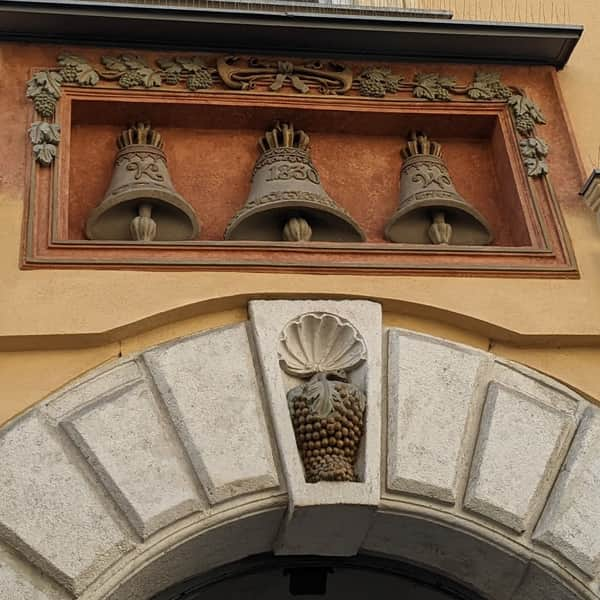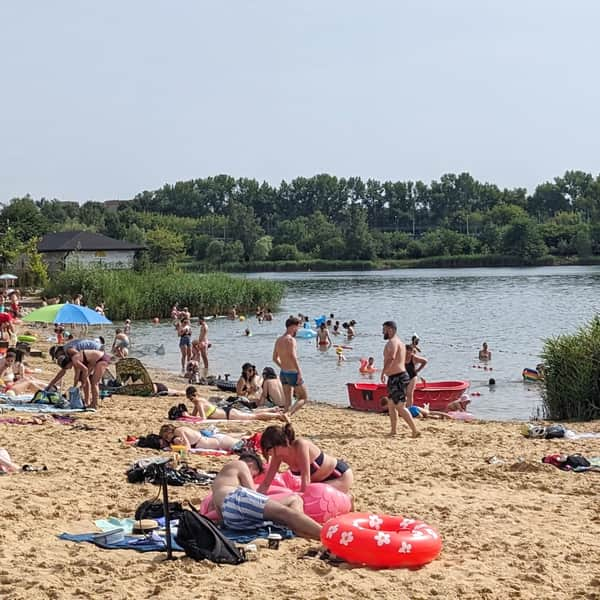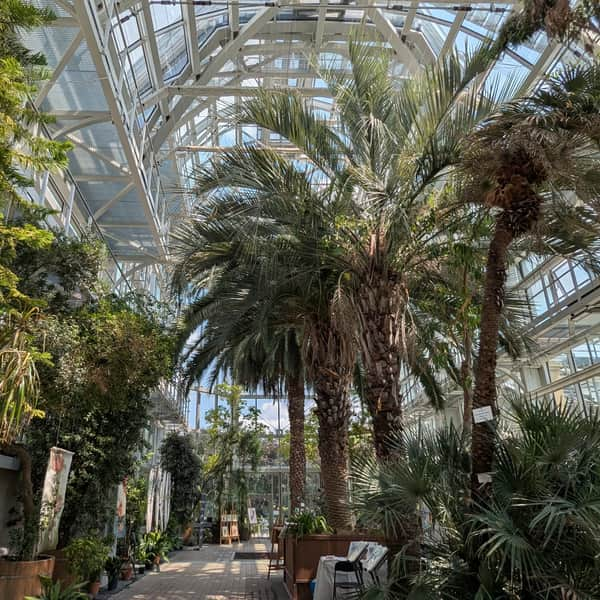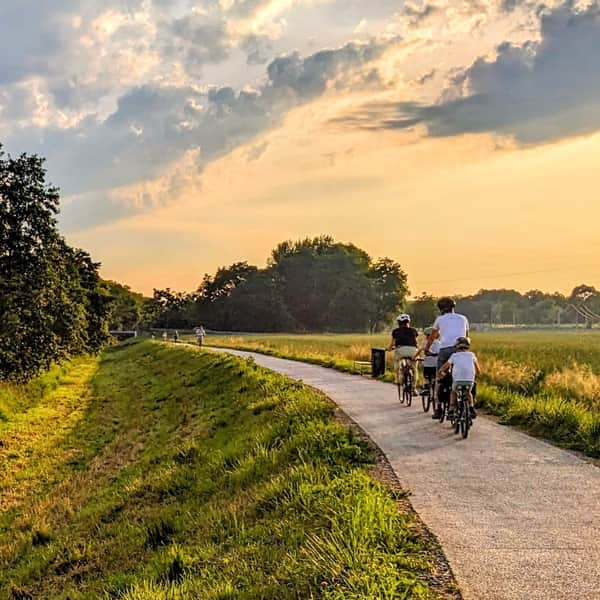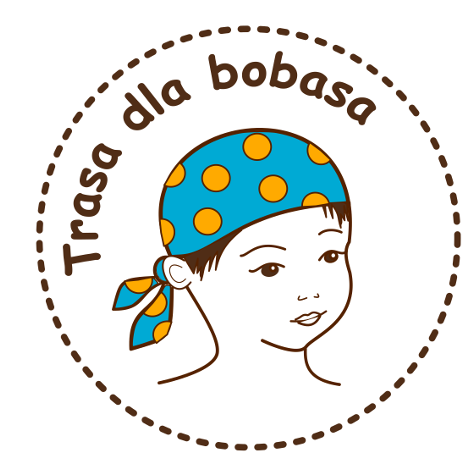Museum of Podgórze
Powstańców Wielkopolskich 130-553 Kraków
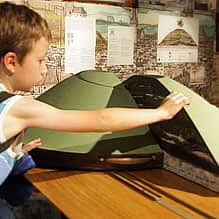
check_circle In a room
check_circle Easy maneuvering with a stroller
check_circle Restaurant or bar nearby
check_circle Access by public transport
check_circle Access by train
check_circle Restroom available
check_circle Baby changing table
check_circle Restroom for disabled persons
check_circle Attractions for children
New (another?) museum in Krakow = a new (another!) space for fun in discovering the past.
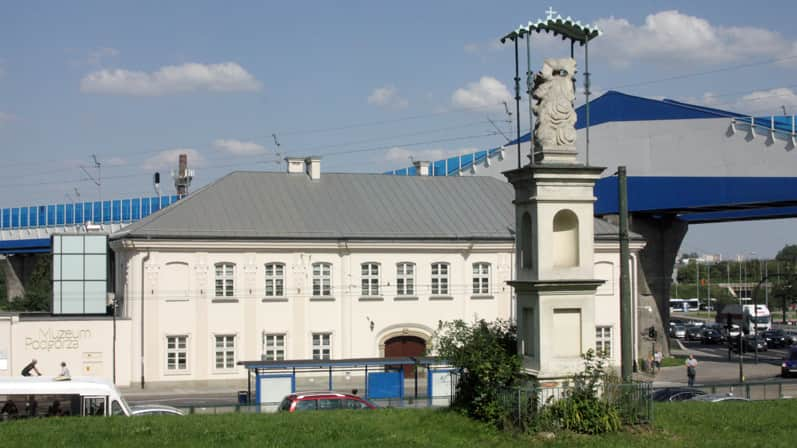
The youngest branch of the Historical Museum of Krakow presents us with a glimpse (very colorful and tasty!) of the history of today's district, formerly a separate city - Podgórze: from Jurassic ammonites to the present. For the local community, this is a unique place - oh, it would probably be a dream for residents of every district in larger cities...
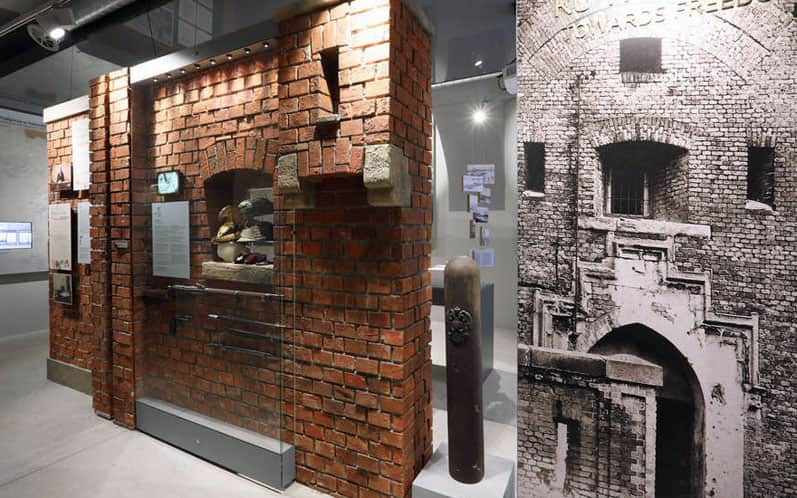
THE MOST IMPORTANT FOR FAMILIES WITH CHILDREN VISITING THE MUSEUM OF PODGÓRZE:
* The size of the museum is not overwhelming. There are literally a few rooms, carefully selected exhibits, so your legs won't get tired and your minds won't get bored.
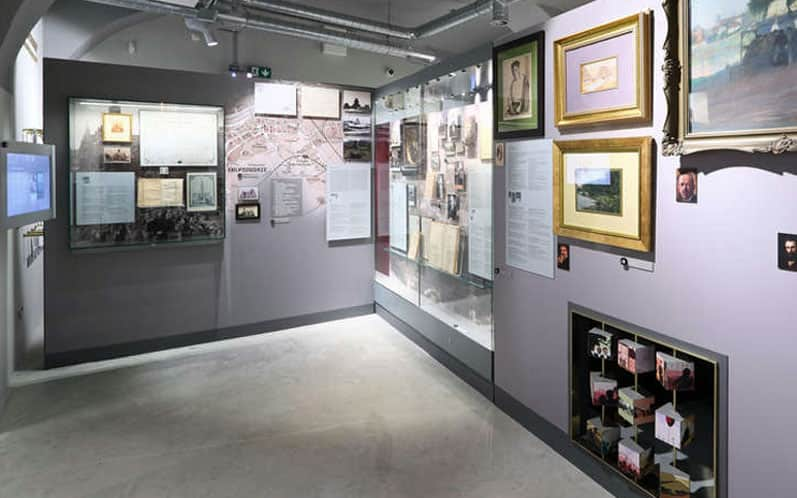
* Each room has something special for the youngest, to touch and play with: a "living picture," a puzzle, a coloring book, etc.
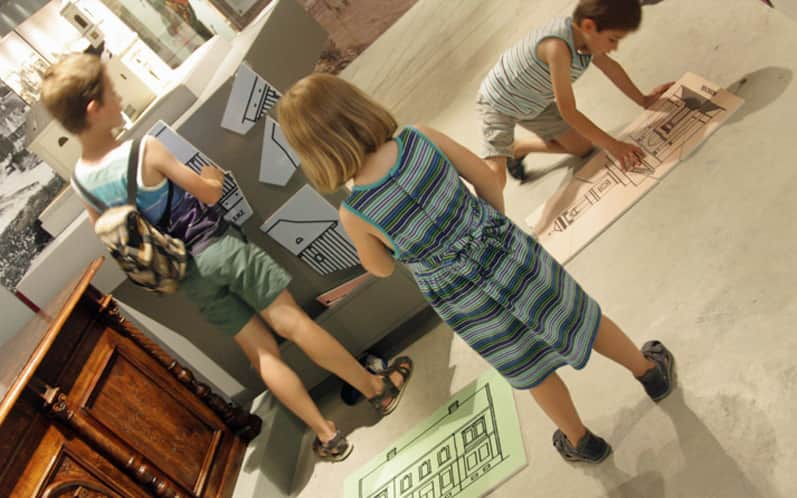
* What is supposedly addressed to older visitors is presented in such an interesting way that it will also interest the younger ones (even without much persuasion!). Our hits were: a sliding model of a mound (a seat would be useful here...), a film of the opening of the capsule at the top of St. Joseph's Church tower (and right next to it, the actual document in all its glory!), illuminated outlines of Poland's pre-partition, interwar, and contemporary borders, as well as stations for listening to memories (supposedly for coloring, but the children also wanted to listen).
The darkest period in history (World War II: the Jewish ghetto and the Płaszów camp) is indicated by a dark corridor and a referral to a separate branch of the Historical Museum of Krakow, namely the Schindler's Factory. Considering the sensitivity of the youngest visitors, this is the perfect solution!
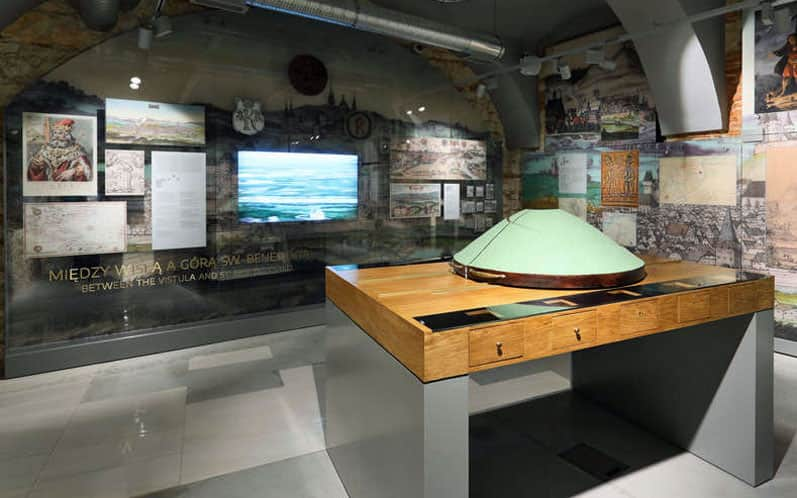
* For dessert, we have Alchemy of the City, a workshop room arranged in the style of Master Twardowski's workshop (also available for individual visitors, provided there are no group activities). We will meet Mr. Twardowski here in a film (shadow theater), and then we ourselves will become discoverers of the secrets of the past!
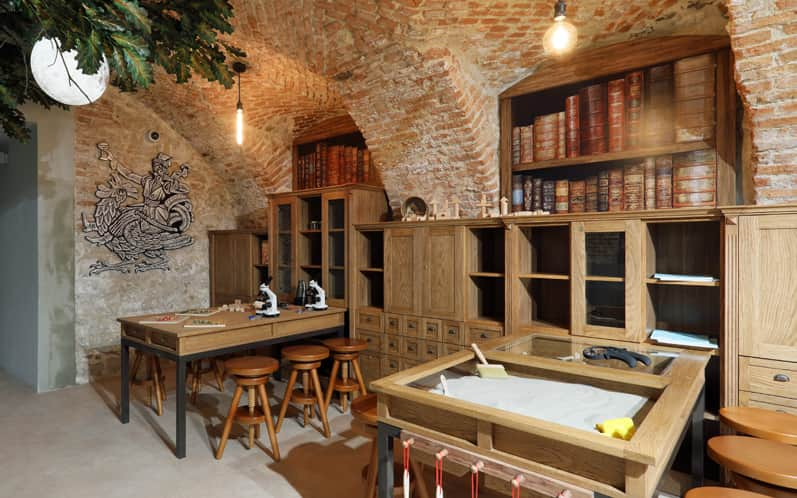
* Additional amenities are not without significance: the possibility of wheelchair access (no stairs, but the passages can be narrow), a café (unfortunately temporarily closed...) and a secluded garden, and a toilet with a changing table.
In conclusion, a general reflection and an answer to the question why do we recommend this museum especially to guests from other parts of Krakow, Poland... and the world?
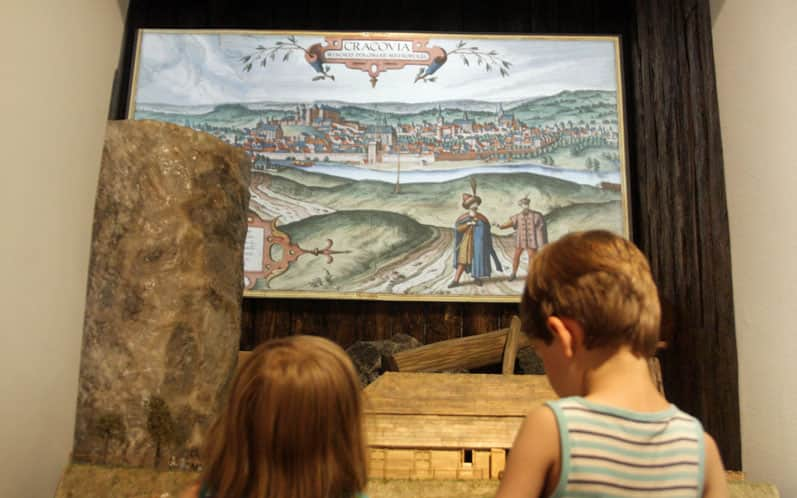
Great history can sometimes be overwhelming... It is perhaps easier for a little person to understand it on a smaller scale: their own family, town, or district. In the Podgórze Museum, everything that is most important from the "macro" perspective fits in the "mini-scale": from prehistory, through pagan times, the beginnings of Christianity, the Middle Ages, the period of partitions, industrial development, regaining independence, and the 20th century.
What is important: what we see in the museum, we can experience ourselves! If we start our Podgórze adventure with a visit to the museum, later, as part of a not very long walk, we can see a Jurassic rock (for example, near the playground opposite the museum, entrance near the school building), a pagan mound, the medieval church of St. Benedict, an Austrian fort, and many other places known from museum exhibits, films, and photographs.
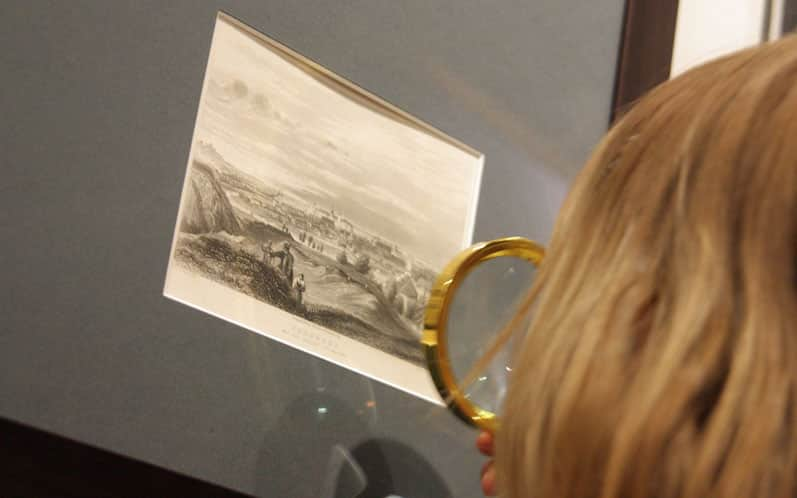
Publish Date:
More in the Region Kraków (Cracow)
